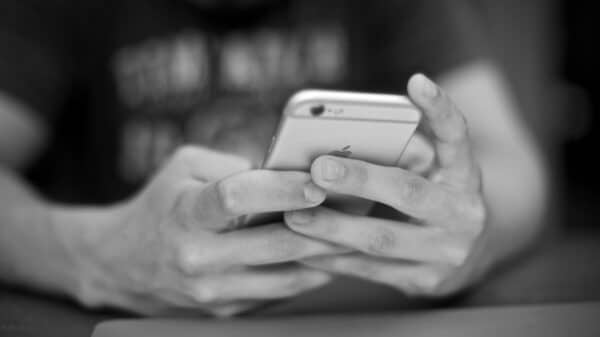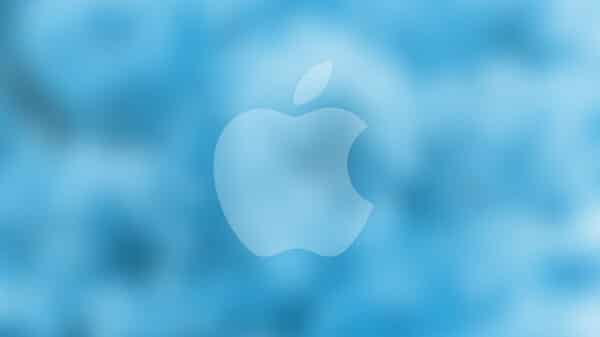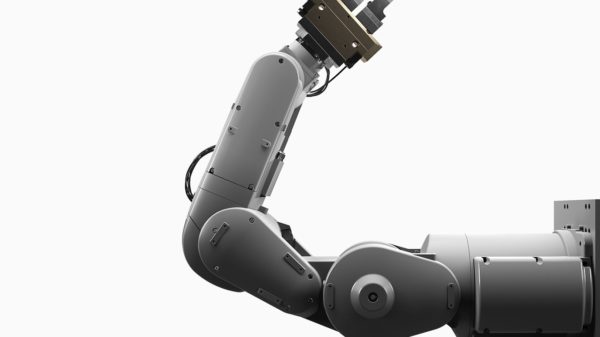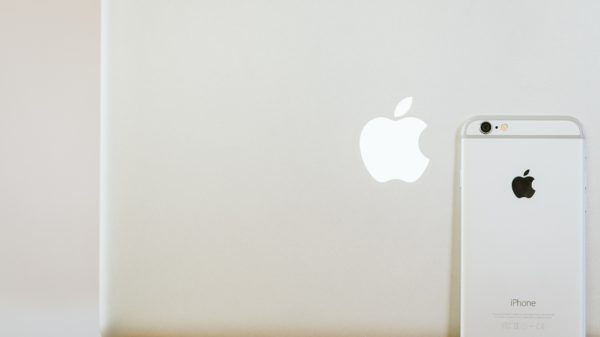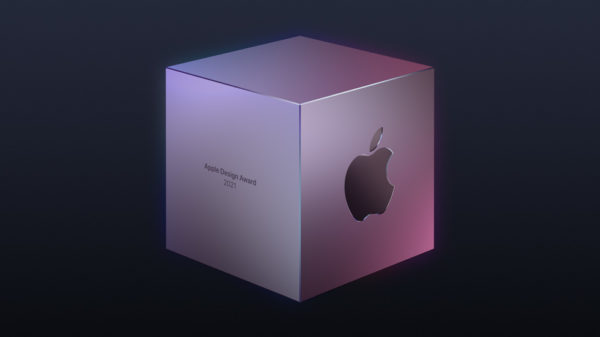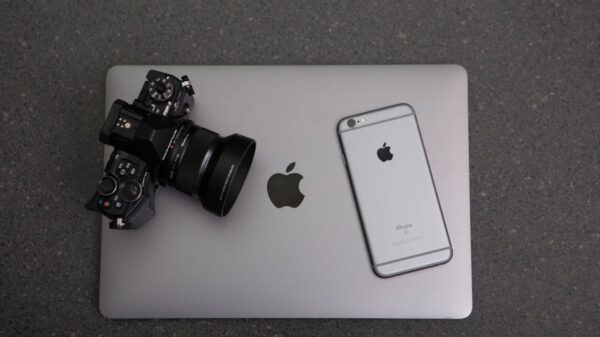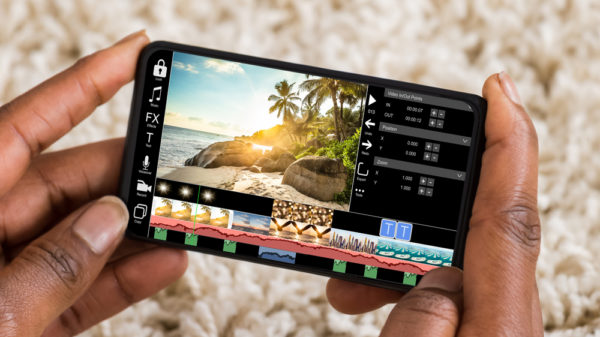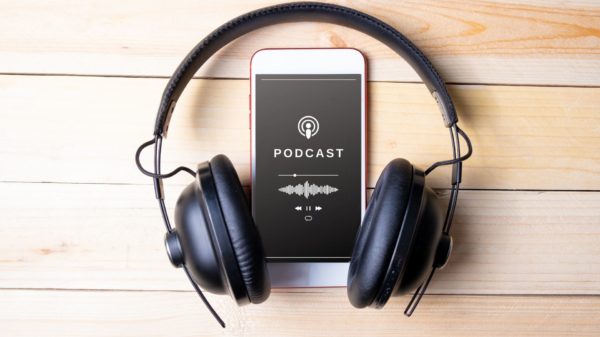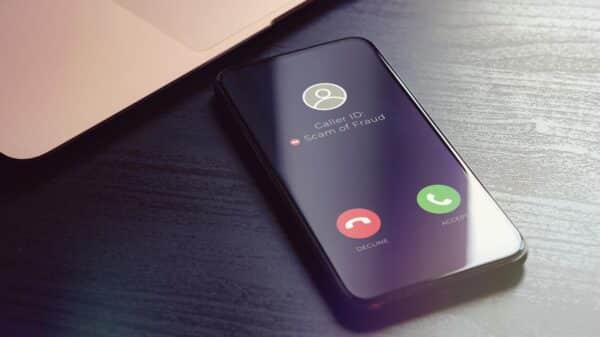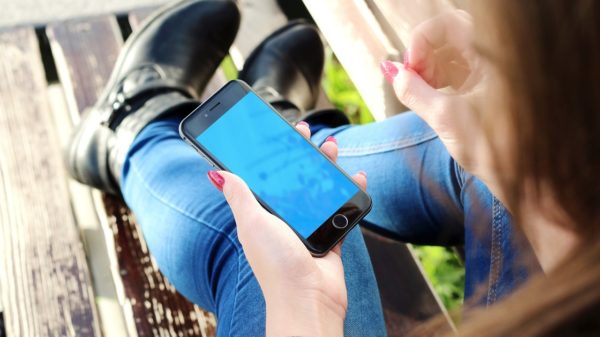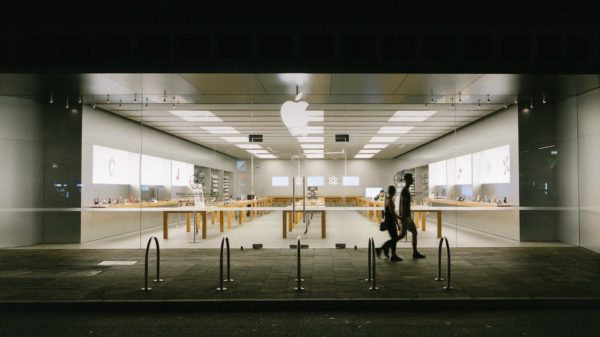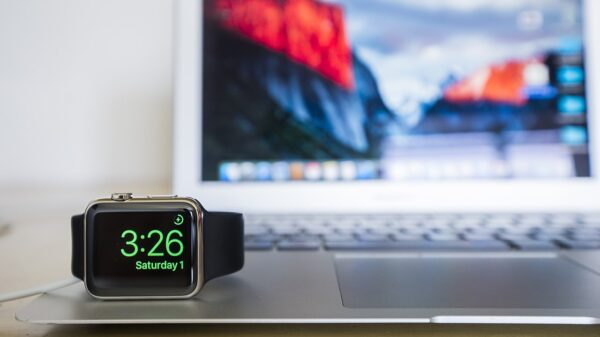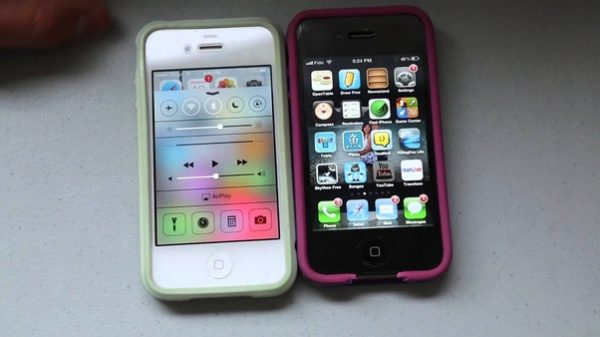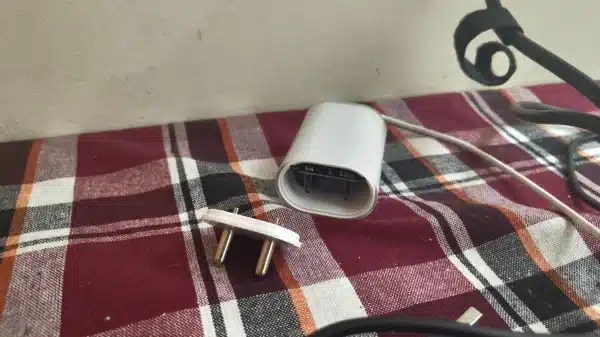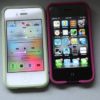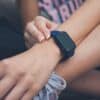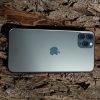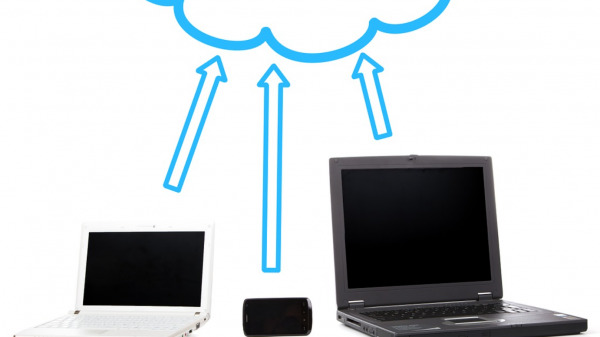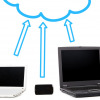This article explores the often debated issue of the relation between an iPhone and the Mac microphone list. Due to various reasons, an iPhone can often end up on your Mac’s microphone list. These reasons range from intentional connections to inadvertent ones that result from automatic syncing. Regardless of the reason for the connection, understanding how to manage the devices attached to your Mac microphone list is critical for maintaining optimum system performance and preventing potential privacy infringements.
The Mac microphone list is essentially a rundown of devices that have accessed or can access the microphone feature on your Mac. These devices are usually sorted based on their respective functionalities and their usage patterns. The iPhone, for example, might be included due to functionalities such as FaceTime calls or other audio recording applications.
While it is completely normal for an iPhone to be in the Mac microphone list, especially if the two devices are used synchronously often, there could be certain instances when you want to disconnect the two for a variety of reasons.
Situations Requiring Removal of iPhone from Mac Microphone List
The integration of Apple’s ecosystem allows for seamless interaction between devices, like the iPhone and Mac. However, there are specific scenarios when it becomes necessary to unlink your iPhone from the Mac microphone list. One such instance may be when you encounter unusual connectivity issues that could lead to unintentional syncs, which may not only be inconvenient but could potentially compromise the integrity of your data by creating unwanted audio records.
Understanding Privacy and Efficiency
In an era where digital privacy has become a paramount concern, maintaining a secure grip over the devices connected to your Mac’s microphone is not just about preference but a critical aspect of digital security. The initiative to remove your iPhone from the Mac microphone list could serve as a pivotal step in bolstering your privacy measures. Beyond privacy, there’s the aspect of digital cleanliness and optimization; decluttering the device list contributes to a more streamlined system, where only necessary devices remain connected, thereby improving the Mac’s operational efficiency and functionality.
Precautionary Measures Before Removing iPhone from Mac Microphone List
Venturing into the process of disconnection requires some preparatory steps to safeguard your data. It is crucial to ensure that all important audio files have been securely backed up from the iPhone. This preemptive measure safeguards against the accidental loss of data during the disconnection process. Additionally, one must evaluate the potential repercussions of removing the iPhone from the Mac microphone list on interconnected functionalities, ensuring that the user experience on other devices is not adversely affected.
A Thoughtful Approach to System Configuration
Before proceeding with the removal, it’s wise to contemplate the system’s configuration and the roles played by various devices within it. Disconnection might be a simple technical step, but its implications can affect workflows and system dynamics. Users should be cognizant of how these changes might alter their daily interactions with their suite of Apple devices.
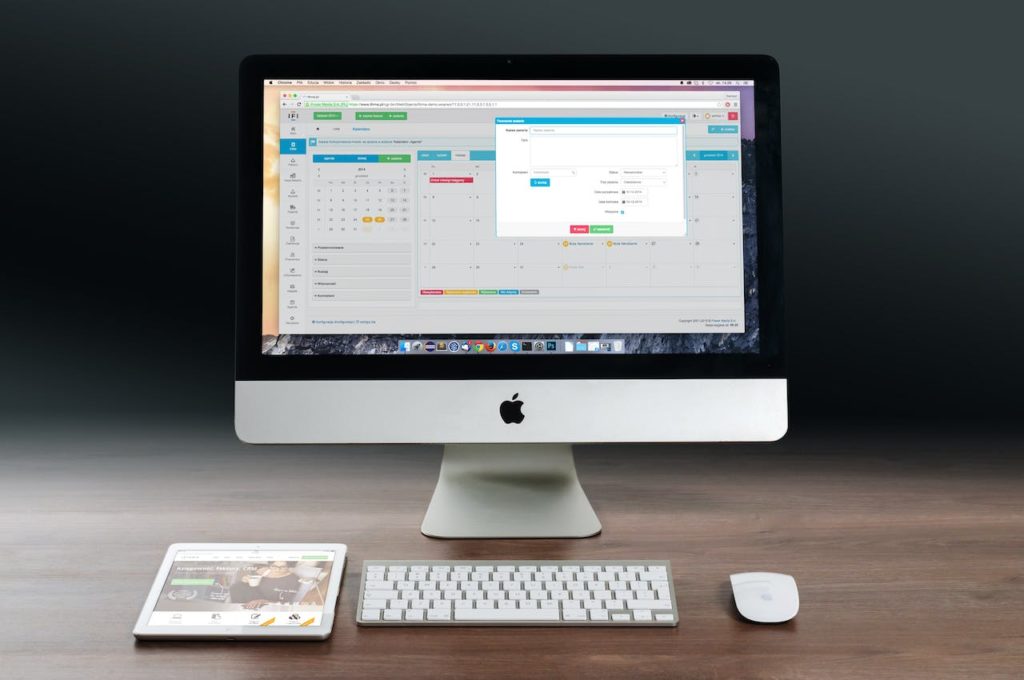
Step-by-step Guide on How to Remove iPhone from Mac Microphone List
To commence the removal process, one must follow several clear-cut steps:
- Accessing System Preferences: Begin by clicking on the Apple menu located in the upper-left corner of the Mac’s screen, where you can enter the system preferences—a gateway to your Mac’s comprehensive settings.
- Navigating to Sound Settings: Within the system preferences, make your way to the ‘Sound’ pane, typically listed under the ‘Hardware’ category, to manage audio input and output devices.
- Switching to the Input Tab: In the sound section, toggle over to the ‘Input’ tab to reveal a catalog of devices currently authorized to use the Mac’s microphone.
- Locating and Removing the iPhone: Within the input tab, scan the list for your iPhone. Once located, click on the iPhone’s entry to highlight it and then press the minus button, effectively removing your iPhone from the list of devices connected to your Mac’s microphone.
By meticulously following these steps, one can successfully remove an iPhone from the Mac microphone list, achieving the desired outcome of a streamlined device configuration, enhanced privacy, and optimized system functionality.
Possible Problems and Troubleshooting Tips
The process is generally smooth, but there can be few hiccups. For one, the iPhone might not be visible on the list, even though you know it’s connected. In such cases, restarting both the devices usually resolves the issue.
Another problem could be the inability to remove the iPhone. This could be because of software bugs, and updating the operating systems on both devices should ideally fix this issue.
The Impacts of Removing iPhone from the Mac Microphone List
Taking this action will cause some changes in the devices’ operations. Specifically, the microphone functionality between the devices will be affected – the iPhone will no longer access the Mac’s microphone. This could influence apps relying on the Mac microphone and outputting on the iPhone.
This disconnection can also alter how the two devices communicate, potentially leading to lesser seamless transitions, especially in the case of audio-related applications.
Conclusion
In summary, managing your Mac microphone list effectively can help improve your system’s performance, maintain better privacy control, and offer an organized work environment. The process to remove an iPhone from this list is straightforward, and although you might encounter some issues, clear troubleshooting steps exist to tackle them.
The decision to remove an iPhone from your Mac microphone list should ideally be based on your specific needs and the nature of tasks you undertake. Ultimately, it is all about striking the best balance between seamless integration of devices and maintaining a clutter-free, privacy-ensuring workspace.

